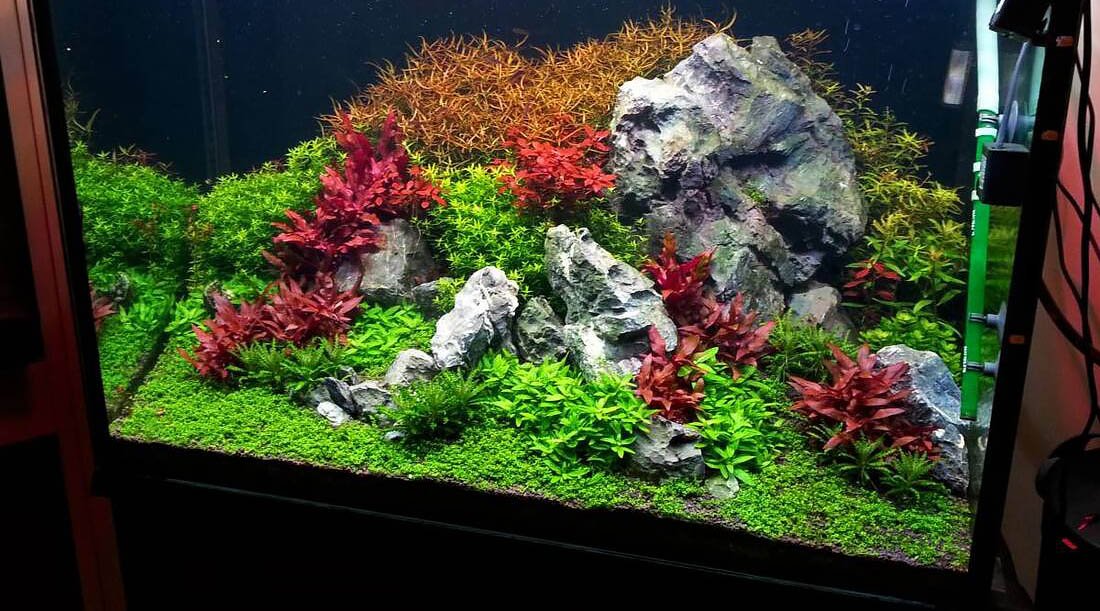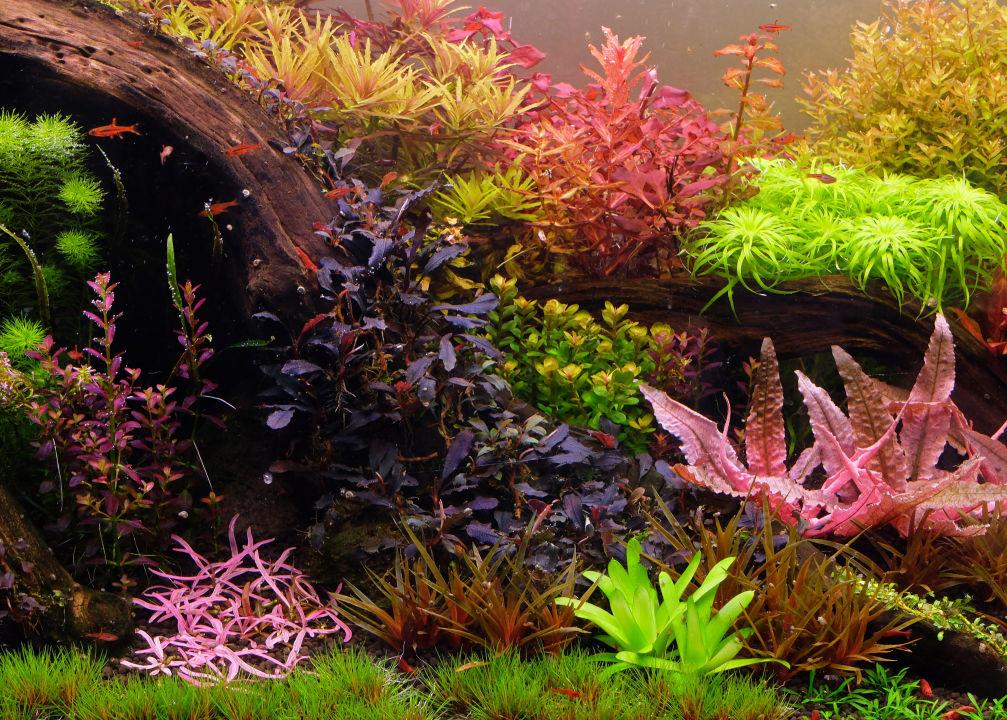WHAT IS ‘HARDWATER’?
Most aquarists use the term “hardwater” generically to refer to water that is high in mineral content – this can mean either the water being high KH (contain high levels of carbonates) or high GH (high calcium/magnesium content) or both. In laymen terms, it is common for “hardwater” to have both high GH and KH because sources of hardwater usually come from areas with limestone [CaCO3] – which contributes to both GH [Ca ion] and KH [CO3 ion].
However, hardwater can be high in GH and low in KH and vice versa:
Minerals that can raise GH without raising KH are minerals that contain calcium/magnesium but do not contain carbonates : Magnesium sulphate [MgSO4], Calcium sulphate [CaSO4] both raise GH without raising KH.
Minerals that can raise KH without raising GH are minerals that contain carbonates but do not contain calcium/magnesium: Potassium Carbonate [KCO3], Sodium bicarbonate [NaHCO3] both raise KH but leaves GH untouched.
Whether or not hardwater is problematic depends on the exact GH and KH values. Most livestock and plants are more forgiving to high GH than to high KH.
WHAT IS ‘SOFTWATER’?
As with the term hardwater, aquarists use the term softwater generically to refer to water with low mineral content. However, we should really define the variables precisely by GH and KH
Most “softwater” plant species are actually sensitive to high KH values and not GH. It is more accurate to then say that such plants prefer water with low alkalinity [low KH]. Most plants are tolerant over a wide range of GH unlike KH.
0-2 dKH – you have very softwater, suitable for species such as Tonina, Syngonanthus, Blood vomit, Ammania.
3dKH – softwater, borderline for sensitive softwater species
4-7dKH – medium hardwater/hardwater, species such as Downoi do better in this range than in softwater. Softwater species such as Rotala macrandra can still do well situationally.
8-14dKH – firmly in hardwater territory. Softwater plants will stunt or not grow at all.
14dKH+ – Very hardwater, more plant species will grow slowly or lose color. Choosing species that do well in hardwater is a smart choice.
For detailed care guide on aquarium plants, click here.
To learn more about growing softwater plants, click here.
WHAT ABOUT LIVESTOCK?
Generally fish are also more tolerant of a wide range of GH compared to KH. Most commercially available species of fish can live in a surprisingly large range of both GH & KH. However, certain specific species, and especially their eggs and fry, may require low GH along with low KH water to breed well or display their full coloration, while other species prefer much harder water. You’d have to check specifically for individual species. Important to have about 4dGH if keeping shrimp & snails.
For details on water parameters for fish in planted tank, click here.
WHAT IS THE BEST GH/KH FOR PLANTS?
Generally speaking, most plants have an easier time in softer, low KH water. If you have a GH of 5 and a KH of 1 you have suitable water to grow 99% of commercially available aquatic plant species with ease. The few species that specifically grow more easily in higher GH/KH values are Pogostemon helferi, Rotala ‘Sunset’ and some Valisneria species.
With regards to growing plants, between 0-2 dKH you can keep sensitive softwater species. Between 2- 6 dKH you can keep 97% of all commercial aquatic plants in optimal condition. Between 6 -12 dKH you can probably grow 90% of species well, but some will be sub-optimal. Above 18 dKH or so, more plant growth issues start arising – at this level, hardy plants such as Java fern, Anubias, Vals, certain Swords and Crypts will still grow well, but many other species will stunt.
Below is a picture of my tank with limestone, where it averages about 10 dKH/GH.
IS THERE A NEED TO BUFFER MY WATER TO 3DKH TO PREVENT PH SWINGS?
There is absolutely no need to do so, unless you are doing specifically to accommodate livestock that favors a certain pH/KH value. Contrary to popular belief – low KH doesn’t give rise to pH crashes without additional triggers. This is a remnant of ancient aquarium dogma.
Similarly nitrifiying bacteria can fully function in low pH ranges.(read this link) For many CO2 injected planted tanks, the medium pH level may consistently be near 6 or below. Virtually every aquasoil tank in soft-water countries, of which there are thousands of examples (which buffers KH to near 0 levels) functions well at such levels.
In my ‘farm’ tank where I keep sensitive Eriocaulon species, the GH measures around 3 and the KH is below 1 (usually around 0.5).


